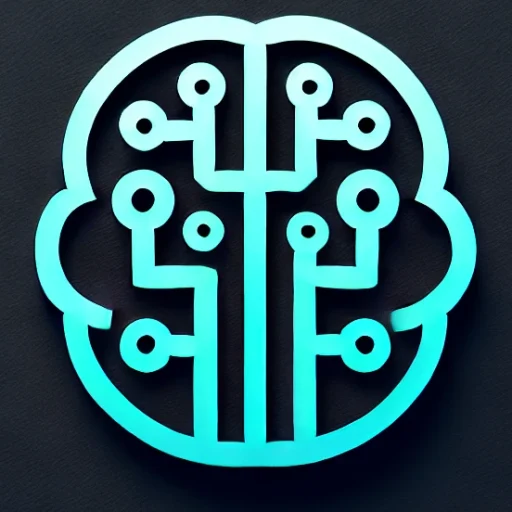
Introduction
The world of artificial intelligence is witnessing a seismic shift with the advent of foundation models. These colossal neural networks, trained on diverse and vast datasets, are laying the groundwork for a new era of AI capabilities and applications. As they redefine the possibilities within AI and computing, understanding their impact becomes crucial for enterprises, researchers, and technologists alike.
Key Insights & Latest Advancements
Foundation models, such as OpenAI’s GPT-4 and its successors, have revolutionized the landscape of AI by showcasing unprecedented capabilities in language understanding, reasoning, and generation. These models are not only larger in scale but also exhibit a better generalization across a variety of domains.
A significant advancement in this area is the development of models capable of cross-modal functions—integrating text, images, and even data from other sensory inputs seamlessly. This breakthrough is set to enhance machine perception, expanding the potential applications from natural language processing to virtually all aspects of sensory data handling.
Moreover, the emergence of open-access foundation models is democratizing AI research, enabling broader participation from academia and industry. These initiatives are accelerating innovation by allowing small and medium enterprises to leverage cutting-edge AI technology without the need for colossal investment in training their models.
Real-World Applications
The scope of foundation models is vast, providing unique solutions across numerous industries:
-
Healthcare: In medical diagnostics, foundation models assist in interpreting complex radiological images, potentially reducing diagnostic errors and improving patient outcomes.
-
Finance: These models are reshaping algorithmic trading and fraud detection by offering deeper insights through sophisticated data analysis and anomaly detection.
-
Education: Personalized learning experiences become more feasible as AI-driven tutors cater to individual learning paces and preferences.
-
Creative Industries: From content creation to artwork generation, foundation models are enabling artists and creators to push the boundaries of their craft.
Challenges & Future Outlook
Despite their transformative potential, foundation models come with their set of challenges. The computational resources required to train these models are immense, posing significant environmental and economic costs. Additionally, the complexity of these models introduces opacity, making it difficult to audit and understand decision-making processes, which is crucial for ethical AI deployment.
Looking ahead, the development of more efficient training algorithms and sustainable energy sources for computational needs will be pivotal. Furthermore, as AI regulations evolve, ensuring transparency, accountability, and fairness in foundation models will be of paramount importance.
Conclusion with Key Takeaways
Foundation models represent a pivotal development in AI, heralding a future where machines can understand and collaborate with humans on an unprecedented scale. They promise to disrupt industries by enhancing efficiencies and creating new opportunities. However, it is imperative to address the associated ethical and environmental challenges to harness their full potential responsibly.
As we continue to explore the capabilities of foundation models, their impact on the broader technological landscape will undoubtedly lead to innovative solutions that we are only beginning to imagine. The future of AI is here, and foundation models are at its core.

